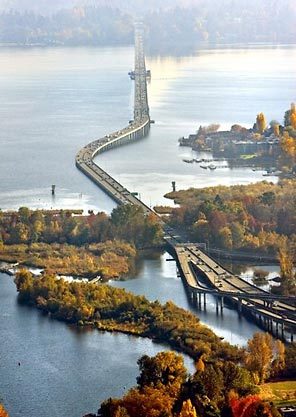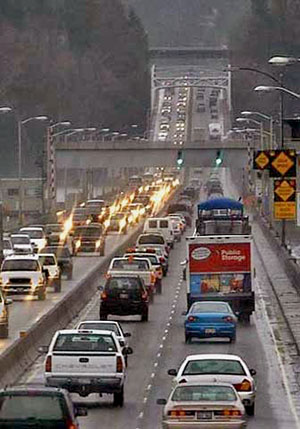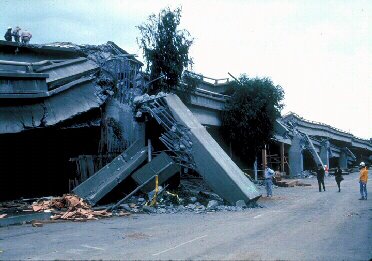Say no, then reorganize public transportation system
It would be to the betterment of the Puget Sound region if voters voted against Proposition 1 on Tuesday. Then, they should ask their legislator or representative in regional government to spend some time drafting an initiative to reorganize the entire regional public transportation industry. Reform and restructuring of this industry is badly needed and way overdue.
In the past 25 years, every major industry has gone through a restructuring and has reorganized in order to meet the changing demands of the changing marketplace. In order to be successful and cost-effective, they had to establish organizational designs that allowed for better efficiencies and to operate more effectively in the marketplace. Those businesses and organizations that made changes became more lean and mean and in turn became more successful and more economically sound. This includes the airline industry, the health care industry, the banking industry and many federal agencies.
The regional public transportation industry is operating under protocols and organizational structures that were established more than 50 years ago and have not changed with the changing transportation markets, the financial funding sources and changes in public transportation services and different modes of transit. This industry is self-regulating and is not accountable to any one regional governing body. It is analogous to having Col. Sanders protecting the chicken coop. There is no one agency to monitor how public tax funds are spent on transportation projects and programs.
The regional transportation industry is segmented with many different forms of governance with different objectives. From Olympia to Everett, there are more than 45 transportation-taxing districts, all of which have some authority to engage in raising public funds for public transportation projects or programs.
There are more than 12 different major public transit agencies providing bus services, along with light rail and commuter rail services. Each of those transit agencies has its own staff and administration; its own fleet of buses and bus routes; its own policies of fare structure; its own operational policies; its own buildings and facilities; its own objectives and goals; and they all compete for state and federal funding. Each transit agency is empire building to assure it gets its fair share of state and federal transportation funds.
Each year millions of dollars are expended by those agencies trying to coordinate planning of bus services and public transit-related programs. Each of those transit agencies is self-serving and focused only on meeting its own goals. A person traveling by bus from Olympia to Everett has to use bus services from as many as five bus agencies and can encounter five fare structures. This is a very cumbersome bus system for customers and does not support seamless travel in the region. For customers who want to use public transportation, it really isn't important what agency provides the bus service; it is the service that is important.









